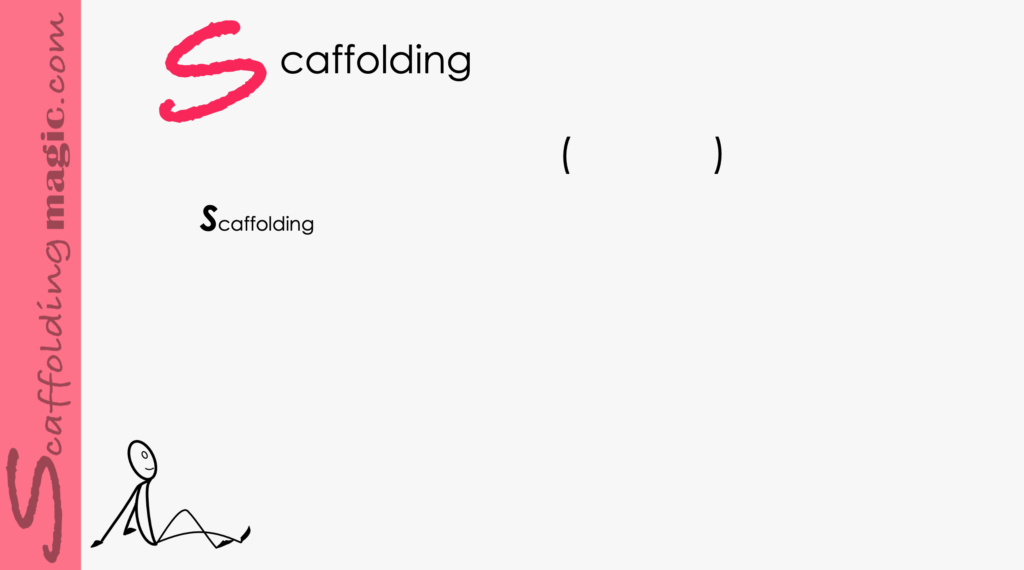You caught a beauty!!!
Download PDF of scaffold here.
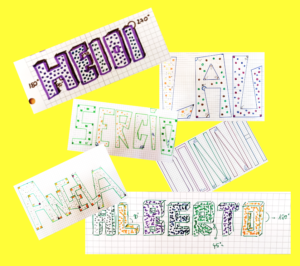
Download PDF of scaffold here.
theory behind scaffold…
For many students, math class is equivalent to a walk into a Halloween house of horrors! If you have students who are more linguistic, more in touch with Humanities, more comfortable with words or music or the arts, it’s possible that they haven’t found a way to embrace numbers or see their relance in their lives.
For a maths teacher or students who are passionate about numbers, this seems unfathomable. Numbers are glorious! Numbers determine practically all of our decisions (probability, fractions, percentages, etc.). How can you feel so indifferent to educating yourself about such a fascinating and useful branch of study?
As in all facets of life, we need to be understanding and see life from others’ perspectives – find a way to share our passions with them in a way they can feel relevant and be able to engage. Jo Boaler is a master of this. She has dedicated her career to helping students of all ages see mathematics as more accessible, more flexible. Maths for Jo Boaler is not a determined book of problems and correct answers. It’s about communication, discovery, experimentation and communication.
One simple way she suggests to encourage our students to let down their guard and find a way to embrace to numbers, is by journal writing. It’s a valuable technique to develop and enhance our mathematical thinking and communication skills and make the learning of fundamental (and more complex) elements of math more accessible. ‘A lot of scientific evidence suggests that the difference between those who succeed and those who don’t is not the brains they were born with, but their approach to life, the messages they receive about their potential, and the opportunities they have to learn. Let’s help give our students growth mentality in math classes’*.
Some maths lessons promote creativity and the malleability possible in the subject. This scaffold is inspired by suggestions for teaching angles in Runde’s Room. You’ll need a few materials beforehand, but we have the templates already prepared for you and the results will be worth whatever extra time you dedicate to this. Your students can also participate in preparing the activities.
Step by Step…
There are three parts to this scaffold. To do all three, print out and cut up Templates A, B and C (or give the templates to your students and let them cut them up).
Part 1:
a) Give each student Template A. Students glue one of the arrows to the page and then attach the other with brass fasteners.
b) Write 10 angles on the board and using protractors, students work individually, but with the support of their peers whenever necessary, reproducing these angles with their arrows.
c) In pairs, they then move the arrows and draw 10 different angles on their sheets, identifying the exact angle and whether they are obtuse, acute, right, straight or reflex.
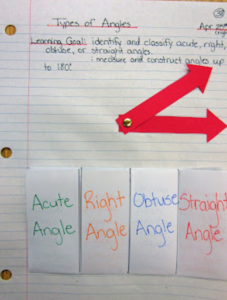
Part 2:
a) Give each student Template B. Write the definitions of a straight, right, acute and an obtuse angle and then students rewrite them in the strips of paper, add an example of the angle, and follow the example below.
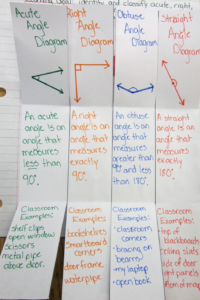
Part 3:
a) Give students Template C.
b) Students write their names in the graph, choose three angles in each letter, write the angle and whether it is straight, acute or obtuse. (Example below.)
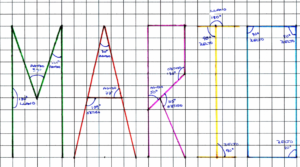
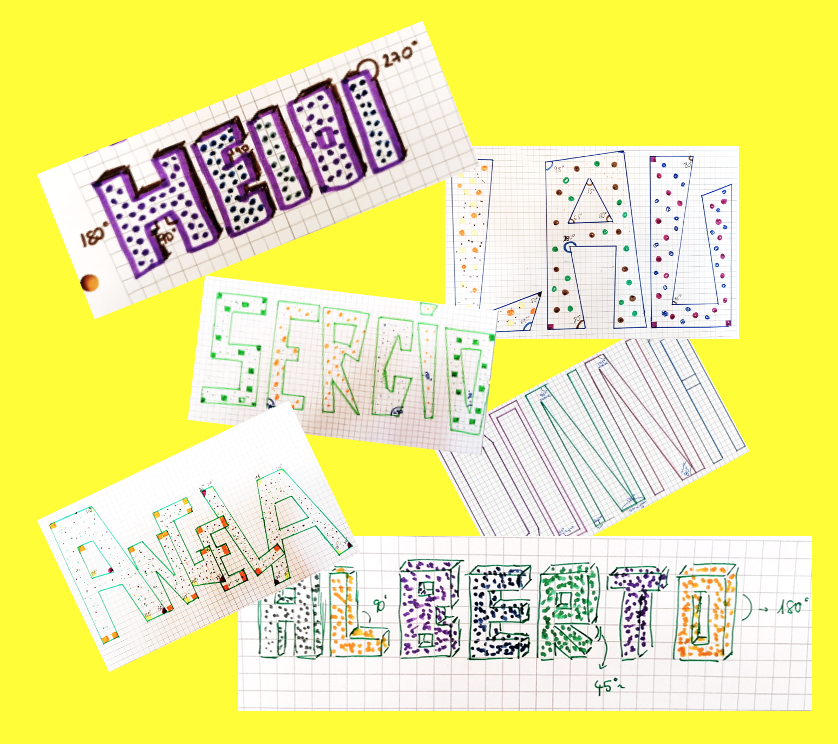
You can include art by asking them to then decorate their names in an art genre. Here is an example of students using Pointilism.
* You can find more templates for a year-long math journal at Runde’s Room



Scaffoldingmagic.com is your entryway into DYNAMIC bilingual learning methodologies, such as Phenomenon-Based Learning, CLIL, EMI, and ESL. You’ll find ways to implement critical thinking tools (DOK) to promote higher level thinking, the growth mindset, instill an ethic of excellence, deep reflection on learning, and all through multi-cultural, interdisciplinary activities. We have the keys to turning competences into action and to creating collective efficacy in your school so you move ahead as a unified, enthusiastic team.

